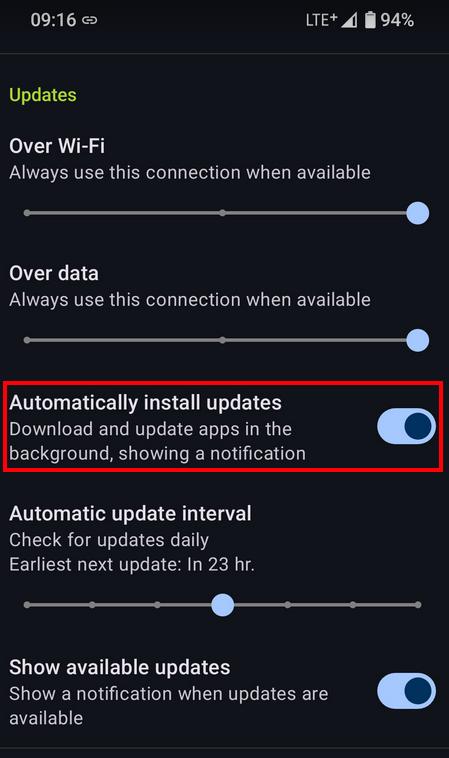
I use the Conversations XMPP messenger a lot on my Android phone, not only for text, image and video chat messages, but also for voice and video calling. It’s a joy to use! While in the early days, voice calls dropped when moving between the cellular network and Wi-Fi, the process has become pretty much seamless in the meantime. When I recently jumped between Wi-Fi and cellular a number of times on purpose, I was surprised that I couldn’t hear the switch between the networks in the audio channel at all. So perhaps the call didn’t switch and staid on cellular? I decided to have a closer look.
Continue reading WebRTC Handover between Wi-Fi and Cellular




